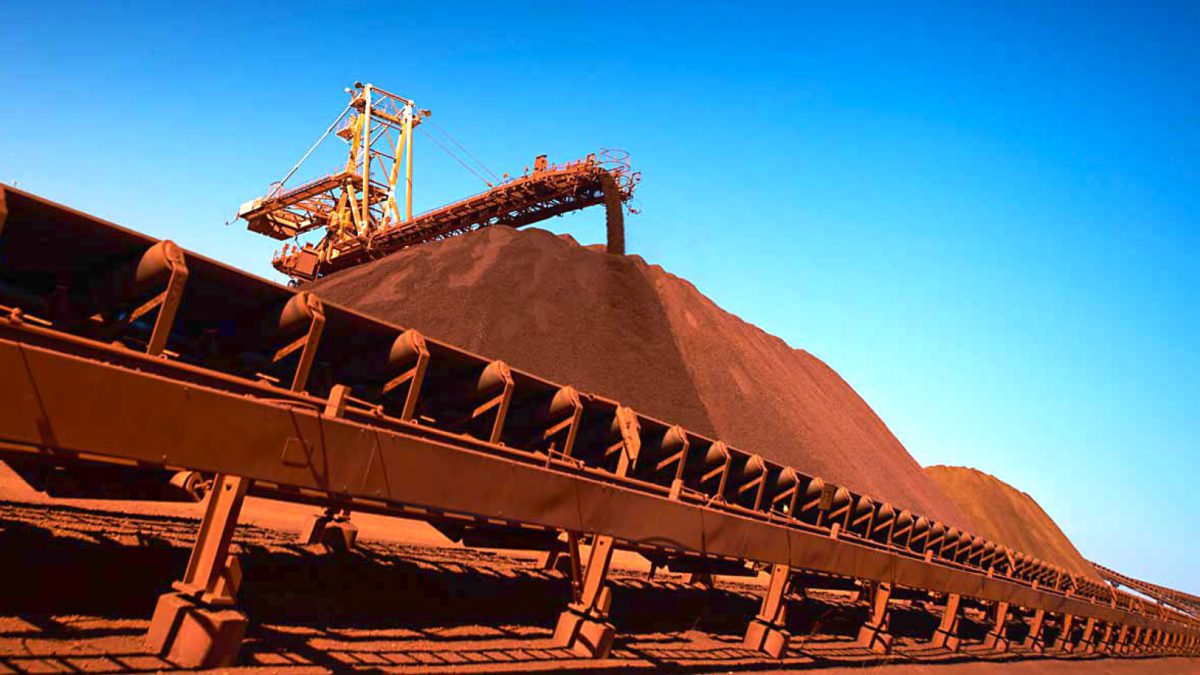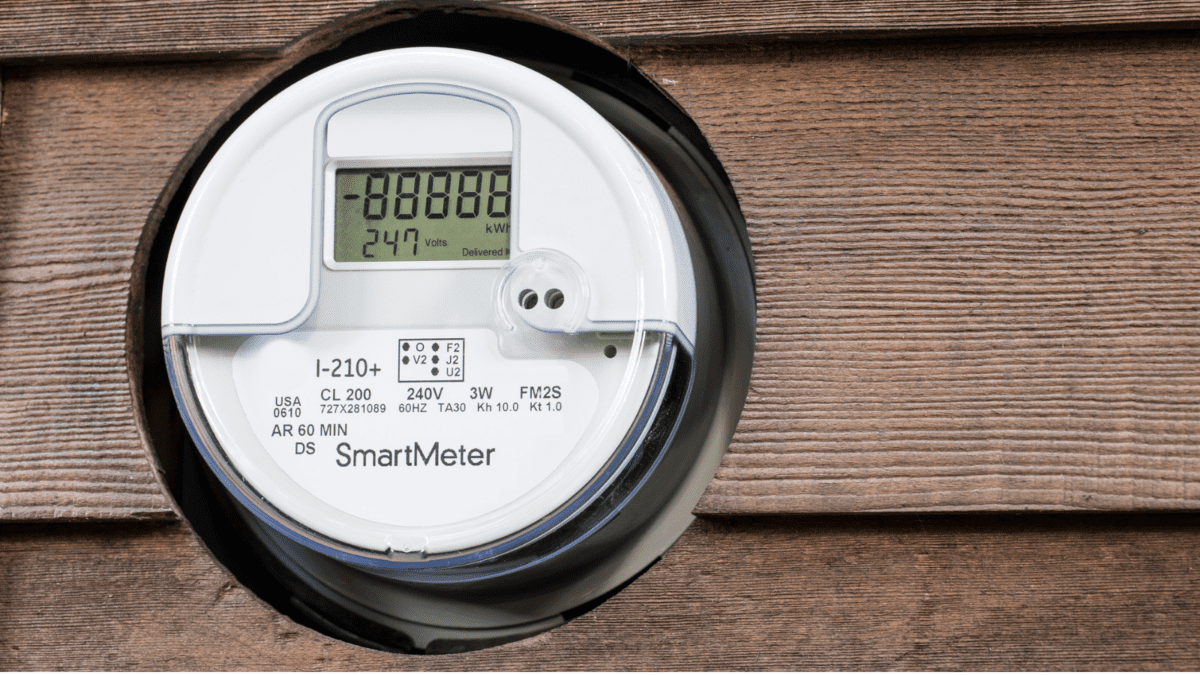Are BHP and Rio Tinto worth a closer look?
BHP Group Ltd (ASX: BHP) has announced its operational update for the FY21 half year.
The resource giant said that it achieved another strong operational performance during the half, with measures to counter the risk of COVID-19 remaining in place.
There was record production at Western Australia Iron Ore (WAIO) and record average concentrator throughput was delivered at the Escondida copper operations in Chile (of which BHP owns 57.5%, and is the operator.) Compared to the prior corresponding period, iron ore production was up 6%, to 128.4 million tonnes (mt).
BHP’s copper production was broadly flat in the December 2020 half-year according to the company, but it was actually down 4% against the prior corresponding period. Management said that the strong underlying operational performance offset the impacts of planned maintenance, natural field decline, copper grade decline and adverse weather.
Petroleum production was down 12% to 50.5 million barrels of oil equivalent (MMboe). Metallurgical coal production was down 5% to 19.2 mt and energy coal production was down 30% to 8.2 mt.
BHP said it expects to recognise an impairment charge of between US$1.15 billion to US$1.25 billion after tax in relation to its NSW Energy Coal (NSWEC) division and associated deferred tax assets, resulting in net operating assets of between US$250 million and US$350 million. BHP says that this reflects current market conditions for Australian thermal coal, the strengthening Australian dollar, changes to the mine plan and an updated assessment of the likelihood of recovering tax losses.
Production guidance
Production guidance for FY21 remains unchanged for petroleum and metallurgical coal.
Iron ore guidance has increased to between 245 mt to 255 mt as a result of a restart of Samarco in Brazil (a 50:50 joint venture between BHP and Vale) in December.
Copper guidance has been narrowed to be between 1,510 kt to 1,645 kt. This reflects the strong performance at Escondida, according to BHP.
Energy coal guidance has been reduced to between 21 mt and 23 mt following a 91-day strike at the Cerrejon mine in Colombia, where BHP is a one-third partner with Glencore and Anglo-American.
Full-year unit cost guidance remains unchanged for the 2021 financial year.
Rio Tinto Limited (ASX: RIO)
The mining giant said that in the fourth quarter of FY20 its iron ore shipments of 88.9 mt was up 2% year on year and up 8% quarter on quarter. Iron ore production of 86 mt was up 3% year-on-year, though it was flat quarter-on-quarter.
Looking at other production numbers in year-on-year terms, bauxite production fell 12% to 13.3 mt, aluminium production rose 4% to 815 kt, mined copper production fell 4% to 132.5 kt, titanium dioxide slag dropped 5% to 272 kt and Iron Ore Company of Canada (IOC) iron ore pellets and concentrate production rose 7% to 2.7 mt.
The company said that it achieved a strong performance across the Pilbara iron ore network in 2020, despite impacts from Cyclone Damien (in the first quarter) and COVID-19 disruptions, which also resulted in the deferral of maintenance to the second half. Shipments of 330.6 million tonnes were 1% higher than 2019 and production of 333.4 million tonnes was 2% higher.
Management comments
Rio Tinto CEO Jakob Stausholm said: “We are working to restore trust with the Puutu Kunti Kurrama and Pinikura (PKKP) people. Some important progress has been made as set out in the joint statement issued in December following a meeting between the PKKP and Rio Tinto boards. We are also developing additional measures to strengthen our partnerships with Traditional Owners, including a commitment to modernise and improvement agreements, particularly in the Pilbara.”
BHP Group Ltd (ASX: BHP) has announced its operational update for the FY21 half year.
The resource giant said that it achieved another strong operational performance during the half, with measures to counter the risk of COVID-19 remaining in place.
There was record production at Western Australia Iron Ore (WAIO) and record average concentrator throughput was delivered at Escondida. Compared to the prior corresponding period, iron ore production was up 6% to 128.4 mt.
BHP’s copper production was broadly flat in the December 2020 half year according to the company, but it was actually down 4% against the prior corresponding period. Management said that the strong underlying operational performance offset the impacts of planned maintenance, natural field decline, copper grade decline and adverse weather.
Petroleum production was down 12% to 50.5 million barrels of oil equivalent (MMboe). Metallurgical coal production was down 5% to 19.2 mt and energy coal production was down 30% to 8.2 mt.
BHP said it expects to recognise an impairment charge of between US$1.15 billion to US$1.25 billion after tax in relation to its NSW Energy Coal (NSWEC) division and associated deferred tax assets, resulting in net operating assets of between US$250 million and US$350 million. BHP says that this reflects current market conditions for Australian thermal coal, the strengthening Australian dollar, changes to the mine plan and an updated assessment of the likelihood of recovering tax losses.
Production guidance
Production guidance for FY21 remains unchanged for petroleum and metallurgical coal.
Iron ore guidance has increased to between 245 mt to 255 mt as a result of a restart of Samarco in December.
Copper guidance has been narrowed to be between 1,510 kt to 1,645 kt. This reflects the strong performance at Escondida, according to BHP.
Energy coal guidance has been reduced to between 21 mt and 23 mt following a 91-day strike at Cerrejon.
Full year unit cost guidance remains unchanged for the 2021 financial year.
Rio Tinto Limited (ASX: RIO)
The mining giant said that in the fourth quarter of FY20 its iron ore shipments of 88.9 mt was up 2% year on year and up 8% quarter on quarter. Iron ore production of 86 mt was up 3% year on year, though it was flat quarter on quarter.
Looking at other production numbers in year on year terms, bauxite production fell 12% to 13.3 mt, aluminium production rose 4% to 815 kt, mined copper production fell 4% to 132.5 kt, titanium dioxide slag dropped 5% to 272 kt and Iron Ore Company of Canada (IOC) iron ore pellets and concentrate production rose 7% to 2.7 mt.
The company said that it achieved a strong performance across the Pilbara iron ore network in 2020, despite impacts from Cyclone Damien in the first quarter and COVID-19 disruptions which also resulted in the deferral of maintenance to the second half. Shipments of 330.6 million tonnes were 1% higher than 2019 and production of 333.4 million tonnes was 2% higher.
Management comments
Rio Tinto CEO Jakob Stausholm said: “We are working to restore trust with the Puutu Kunti Kurrama and Pinikura (PKKP) people. Some important progress has been made as set out in the joint statement issued in December following a meeting between the PKKP and Rio Tinto boards. We are also developing additional measures to strengthen our partnerships with Traditional Owners, including a commitment to modernise and improvement agreements, particularly in the Pilbara.”
Summary thoughts
The damage that Rio Tinto has done to its reputation may take a long time to heal: the destructive event at Juukan Gorge should never have happened.
However, on the existing mine side of things, Rio Tinto is doing well to keep delivering strong results each quarter. It’s coming at a really strong time for the iron ore price, so Rio Tinto’s profit and share price is likely to remain elevated.
Rio Tinto’s dividend may be impressive in the shorter term, but it’s impossible to say how long the iron demand will stay high.
Information warning: The information in this article is published by The Rask Group Pty Ltd (ABN: 36 622 810 995) and is limited to factual information or (at most) general financial advice only. That means, the information and advice does not take into account your objectives, financial situation or needs. It is not specific to you, your needs, goals or objectives. Because of that, you should consider if the advice is appropriate to you and your needs, before acting on the information. If you don’t know what your needs are, you should consult a trusted and licensed financial adviser who can provide you with personal financial product advice. In addition, you should obtain and read the product disclosure statement (PDS) before making a decision to acquire a financial product. Please read our Terms and Conditions and Financial Services Guide before using this website. The Rask Group Pty Ltd is a Corporate Authorised Representative (#1280930) of AFSL #383169.









